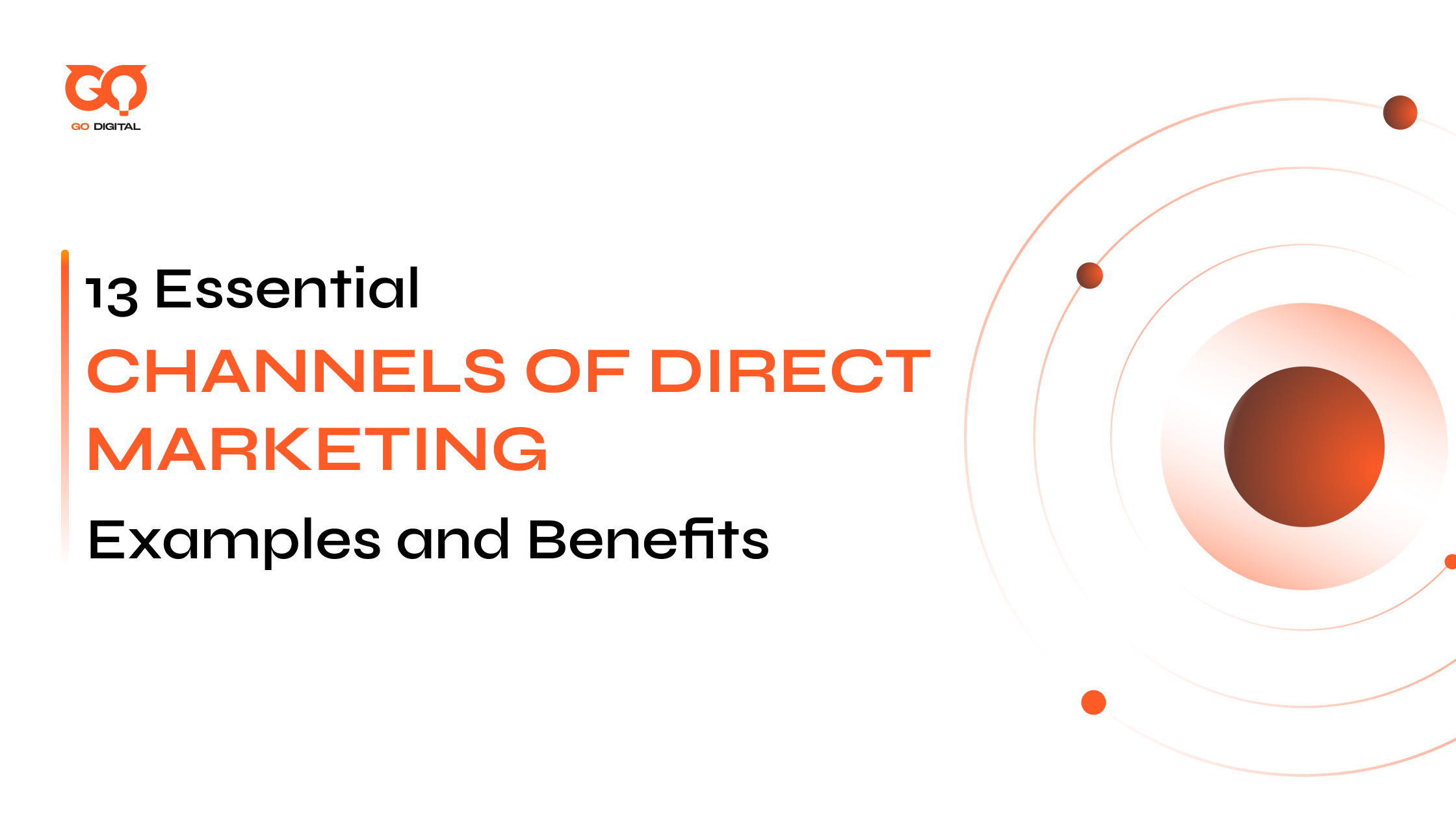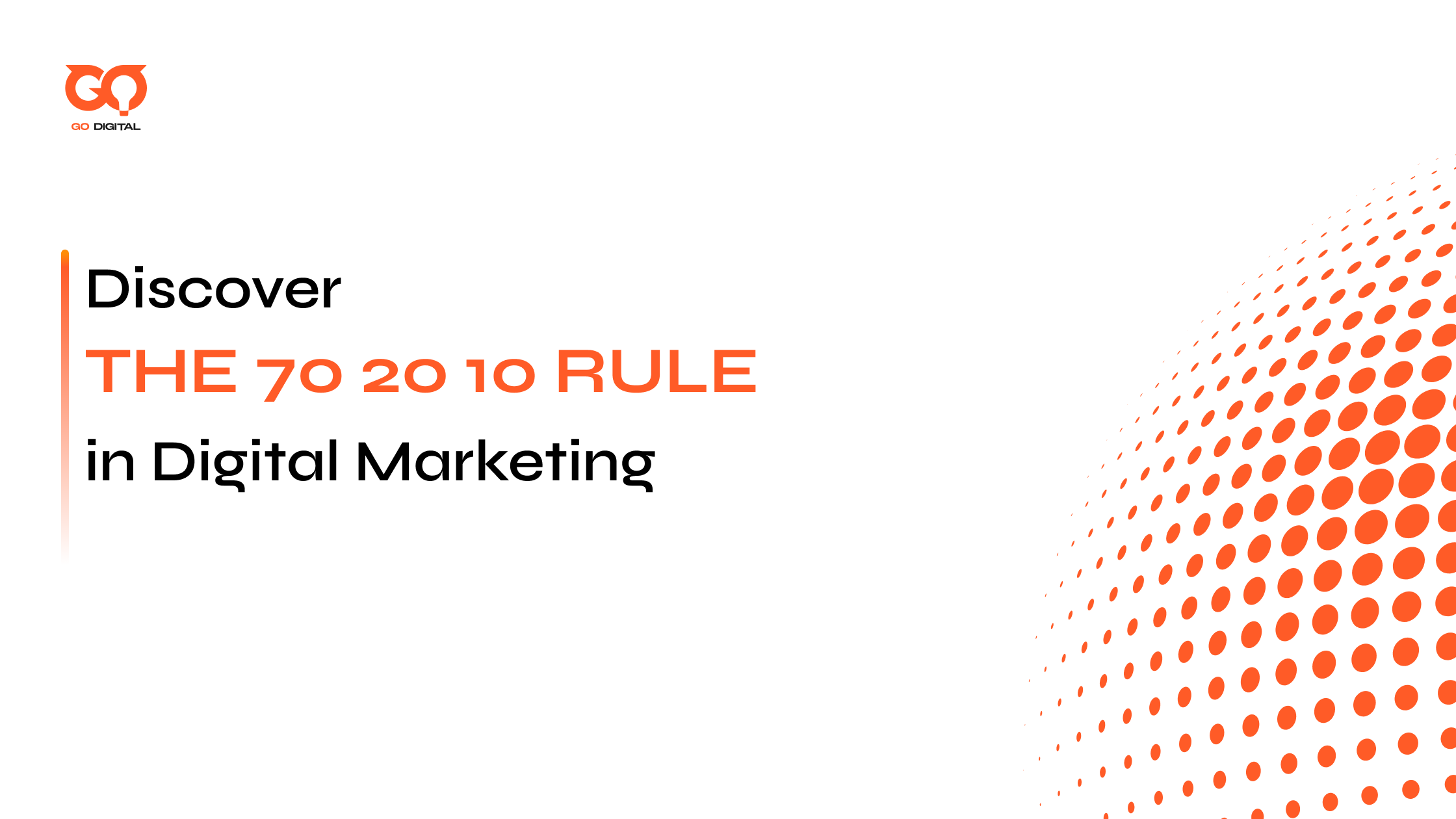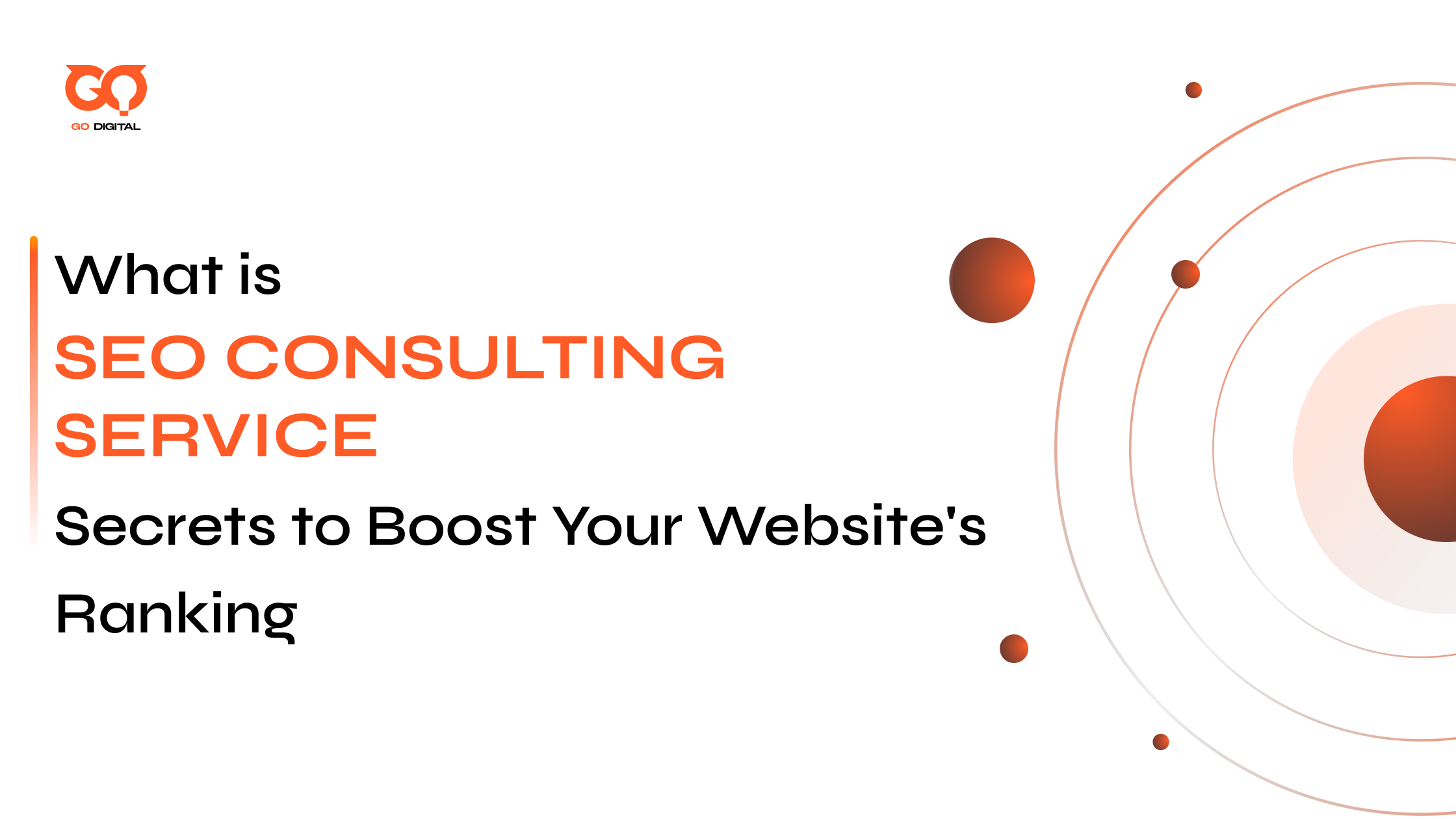Have you ever felt a bit annoyed getting one of those “Dear valued customer” emails, and just swiped past without reading? You’re not alone. According to McKinsey, 71% of consumers want brands to personalize their approach, and 76% are more likely to buy when the experience feels real—like it’s made for them. On the flip side, most people feel disappointed if everything comes off as distant or anonymous.
That’s why, in 2025, the old “one-size-fits-all” approach doesn’t cut it anymore. The brands that master their direct marketing channels—from email, SMS, chatbot to direct messages—will win the loyalty game.
This article is my play-by-play on finding what actually works for direct marketing, straight from hands-on experience
What Is Direct Marketing?
Direct marketing, at its core, is about reaching out, one-on-one, to the people who might actually care—and might actually buy.
Instead of blasting a “look at me!” ad everywhere, I message, email, or even call real people, measuring every reply and reaction.
- It’s personal: I use someone’s real name, maybe mention something they bought last time.
- It’s actionable: I’m always aiming for a real response—a click, sign-up, or sale.
- It’s trackable: If people ignore me, I know right away, and can fix it.
Think of it like slipping a note to a friend, not putting a billboard on a highway.
First time I got personal in an email, reply rates tripled. That’s the power of direct marketing—when you make it about them, not just you.
Try it. You’ll see fast what works—and what really doesn’t.
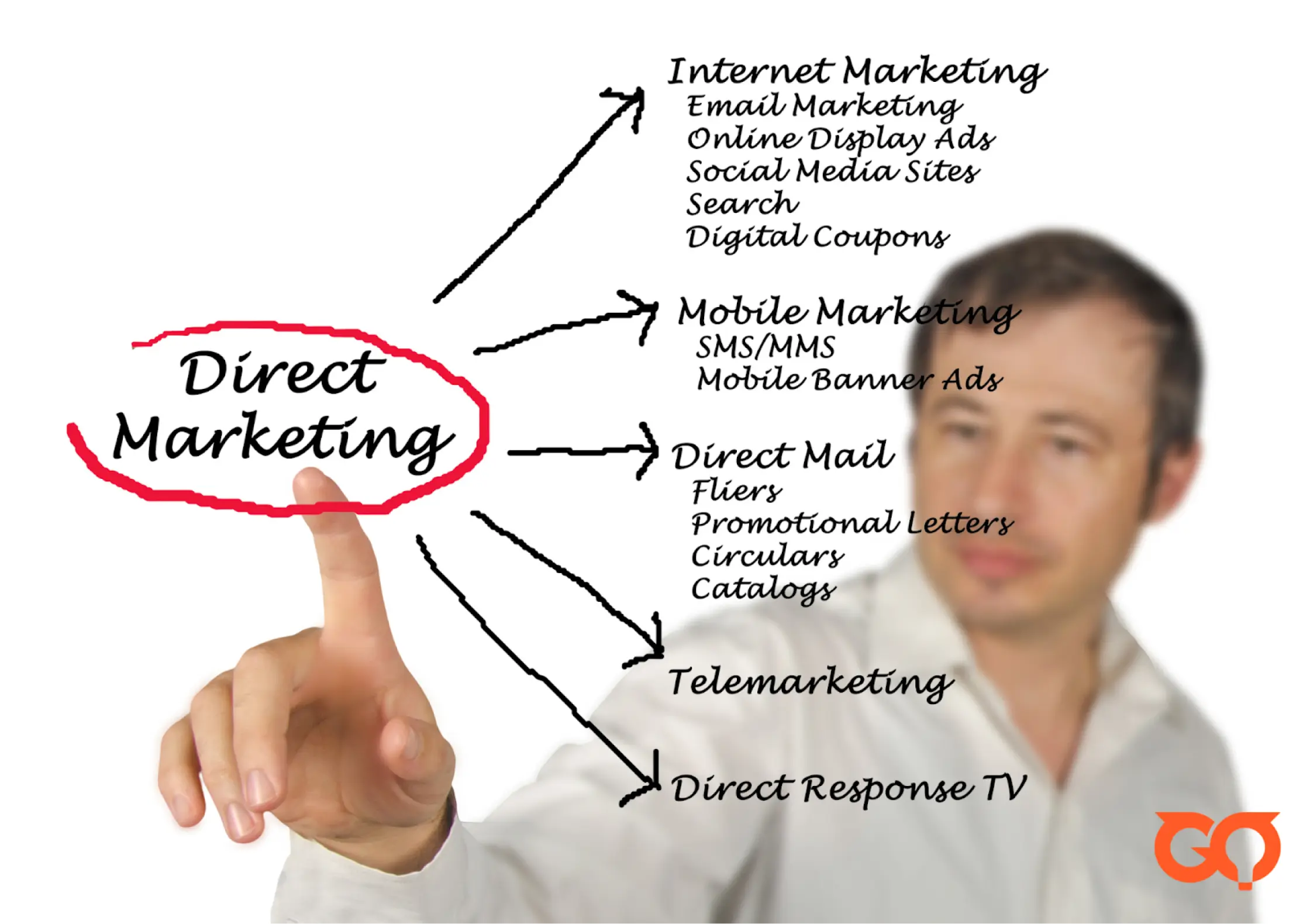
What Are Channels of Direct Marketing
How Does Direct Marketing Differ From Indirect Marketing?
Ever feel like a brand is whispering right to you—versus just shouting into the void? That’s the heart of this difference.
Direct Marketing: The Handshake
This is your shortcut to real conversations. You pick a real person (not “everyone”), shoot them a targeted email or DM, maybe ping their phone—or even mail something special.
-
Personal: You’re not just “customer #203.” It’s Nora, who loves eco-friendly shoes, or Tom, who always books the same vacation spot.
-
Action Now: Each message asks for something—reply, click, try it, sign up.
-
Trackable: Instantly see if someone bites, ignores, or bounces. You tweak your next move right away.
I remember blasting out broad ads and waiting…crickets. The first time I sent a short, personalized DM? Bam—reply in 5 minutes. That never happened with my old billboards.
Indirect Marketing: The Loudspeaker
This is your “look at me!” moment. You put your story on TV, a random bus stop, a giant website banner—and hope the right folks see it.
-
Broad Net: Reaches everyone at once, whether they care or not.
-
Slow Burn: You’re building awareness (“Hey, we exist!”) and maybe, just maybe, someone thinks of you later.
-
Impossible to Measure (Fast): No clue who saw your ad or who is ignoring it. Tracking feels like magic tricks and wishful thinking.
13 Most Effective Channels of Direct Marketing Examples
Channels of direct marketing vary depending on the target audience and business goals. For B2B marketing, the focus is typically on building long-term relationships, generating leads, and driving business growth through personalized communication. Here are 13 major direct marketing channels examples from B2B companies for you:
1. Email Marketing
If you think email is old news, think again. Honestly, it’s the one channel I keep coming back to—because it just works when you treat subscribers like real people, not walking inboxes.
Let me be real: the first time I sent out a generic blast, it landed with all the excitement of a wet noodle. Zero replies. But once I stopped blasting and started segmenting—splitting my list by actual interests—the replies started rolling in. It felt less like yelling into the void, more like messaging a friend.
There’s a reason why big names keep betting on email. HubSpot, for example, overhauled their approach by tailoring emails to what each person actually cared about. That little shift? It boosted their click-through rates by 60%.
Here’s the lesson:
-
Start writing emails for one person at a time, not the “crowd.”
-
Mention something specific—a name, a past purchase, a topic they love.
-
Don’t be afraid to test new subject lines or content, then double down on what gets a real response.
My take? Even with so many shiny new channels out there, email still packs the biggest punch when you make it feel personal. So, give it another shot—and make sure every line says, “I see you.” The results will surprise you.
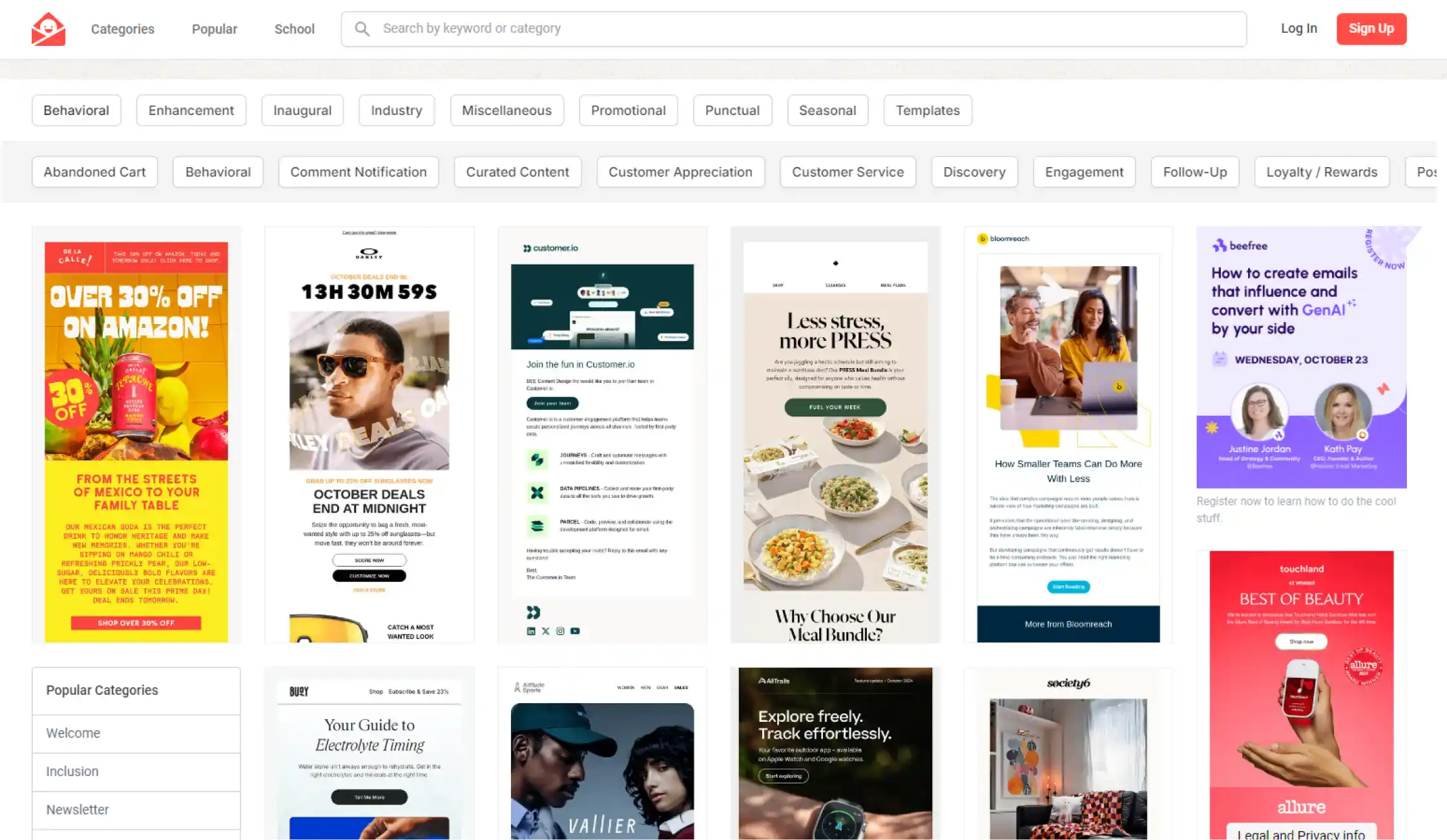
Every great relationship (and sale) can begin with one good email.
2. LinkedIn Outreach
If you’d told me a few years back that LinkedIn messages could spark hundreds of high-value leads, I’d have laughed. I figured LinkedIn was just a place to scroll and scroll… until I actually started getting specific.
Here’s the truth: LinkedIn isn’t about shouting at everyone—it’s about picking the right person and sending a message that feels like a conversation, not a sales pitch.

Genuine connections start with one personal message—make it real, not just another pitch.
The first time I ditched the “Hi, I’d like to connect” spam and tailored a message to someone’s real work, the reply came in minutes. Even giants like IBM know the game has changed: when IBM used personalized Sponsored Content and InMail, their engagement rocketed by 60%. Not just likes—real connections, and over 500 quality leads in a single campaign.
Lesson learned?
When you treat LinkedIn like a handshake, not a megaphone, you win. Don’t just blast messages. Reference a recent post, point out what you have in common, or ask an actual question. It’s that little bit of effort that shifts you from ignored to replied.
3. Telemarketing
I used to roll my eyes at telemarketing. Who picks up calls anymore, right? But then I saw it in action for real B2B sales—and suddenly, it made sense.
Telemarketing is still the workhorse when you’re selling stuff that needs a real conversation, especially to busy decision-makers. It’s more personal than an email, more immediate than a DM, and when done right, it works.
I learned this the hard way after months of unanswered emails. The day I picked up the phone and called, conversations suddenly started happening. Companies like Salesforce nailed this play: they combined old-school cold calls with smart, targeted follow-up emails and ended up converting 20% of their leads.

A real voice and a real conversation can open doors no email ever could.
What surprised me? One good call, backed with a thoughtful follow-up, landed deals that months of fancy automations never touched.
Bottom line:
Telemarketing is about persistence, timing, and sounding like a real human. Don’t script everything. Ask questions, listen, and show you actually care. People remember a real voice far longer than the hundredth newsletter in their inbox.
4. Webinars and Virtual Events
The first time I hosted a webinar, I was terrified no one would show up or that I’d just turn into background noise. But as soon as the questions started flying in and chat blew up, I realized people wanted to hear my story, not just another slide deck.
That’s the magic here. Even if you feel introverted or like you’re not “expert” enough, showing up live and answering real questions builds instant trust. I learned more from one live Q&A than I ever got back from a month of emails.
Brands see the results too—Cisco leaned into webinars and grew cloud product sales by 30%. That’s real proof this channel connects.
If you’re nervous, start small. Teach one thing you wish you’d known sooner. Every virtual handshake matters, and the feedback you get? That’s marketing gold for your next move.
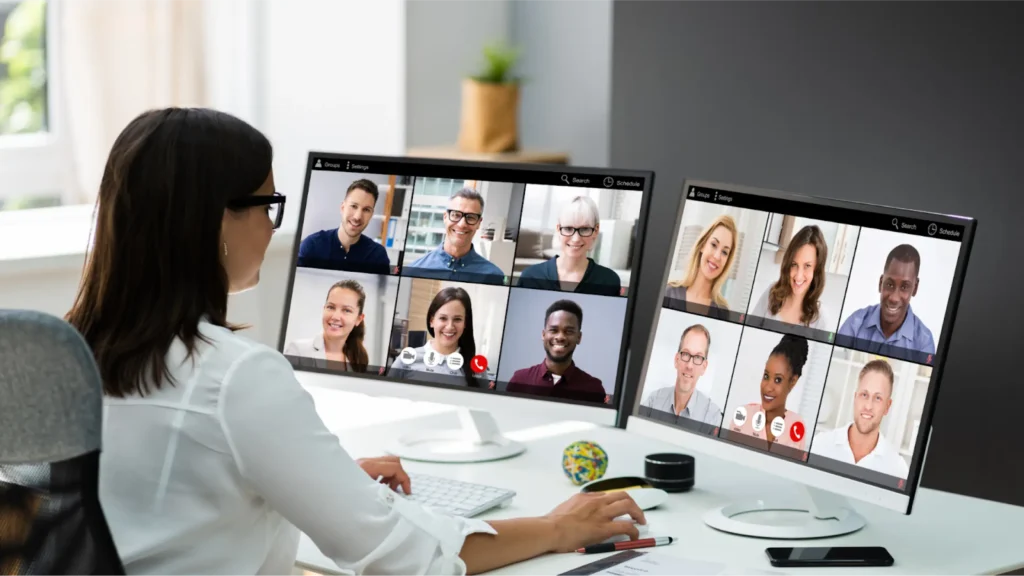
5. SMS Marketing
This is the channel I used to ignore—until I realized how lightning-fast people open texts (way faster than email, trust me). My simple, limited-time deal got almost instant responses. SMS lands right on people’s lock screens, so you better make it count.
The data is wild—open rates for SMS can hit 98%. Domino’s, for example, ran a flash sale and bumped sales by 20%. No fancy campaign, just the right message at the right time.
Want to try? Keep your texts short, personalized, and respectful. Nobody wants spam, but everybody loves a deal or quick tip that feels just for them.
6. Social Media Marketing
Social media isn’t just about blasting messages and hoping for likes—it’s where two-way conversations really happen. My biggest aha moment was when I stopped posting for the masses and started replying to DMs, jumping in on comment threads, and treating Instagram like a true hangout, not a billboard.
The real game-changer: Nike watched what their audience actually browsed, then sent direct messages and targeted Instagram ads with product recommendations just for them. Their reward? One sneaker campaign bumped conversions by 40%.
If you want customers to notice, show up the way you’d want a friend to. The more you personalize and genuinely interact, the more loyal—and vocal—your community becomes.
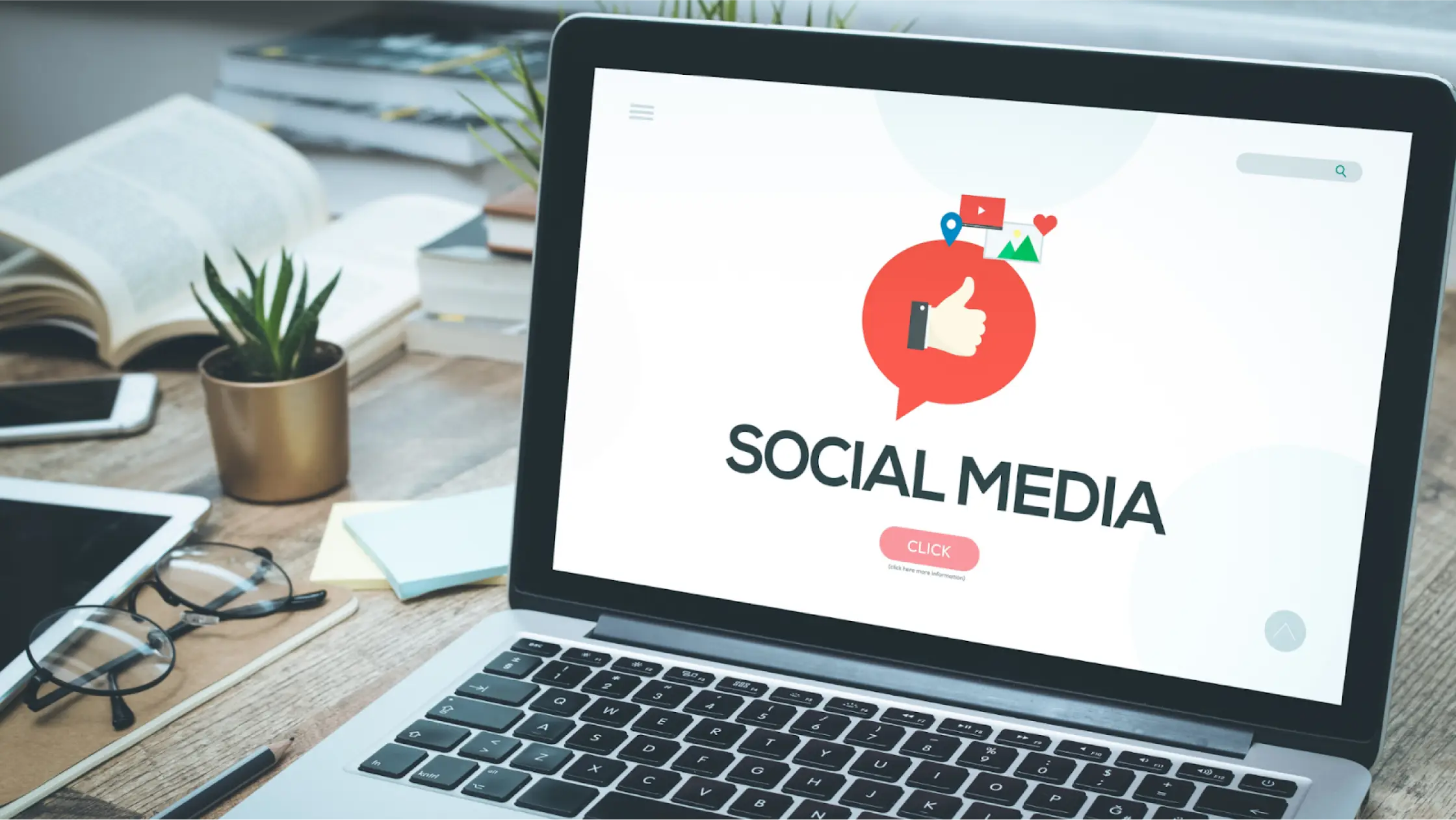
7. Direct Mail
While everyone else chases digital trends, sometimes the smartest move is going a little old-school. I used to skip direct mail. Then I tried sending handwritten notes to loyal clients—and got replies, social posts, and word-of-mouth you can’t buy with one more email blast.
A real letter or catalog stands out—especially when mailboxes are empty but inboxes are slammed. Ikea is living proof: their direct mail catalogs combine stories, lifestyle tips, and QR codes so flipping a page can take you straight to an online offer. That “offline” effort added up to more than a billion dollars a year in sales.
Key takeaway: Social media works best as a conversation, not a broadcast. And a piece of mail works when it feels like a gift, not an ad. The sharpest marketing adds surprise and a lot of genuine human touch.
8. Influencer Marketing
While everyone else chases digital trends, sometimes the smartest move is going a little old-school. I used to skip direct mail. Then I tried sending handwritten notes to loyal clients—and got replies, social posts, and word-of-mouth you can’t buy with one more email blast.
A real letter or catalog stands out—especially when mailboxes are empty but inboxes are slammed. Ikea is living proof: their direct mail catalogs combine stories, lifestyle tips, and QR codes so flipping a page can take you straight to an online offer. That “offline” effort added up to more than a billion dollars a year in sales.
Key takeaway:Social media works best as a conversation, not a broadcast. And a piece of mail works when it feels like a gift, not an ad. The sharpest marketing adds surprise and a lot of genuine human touch.
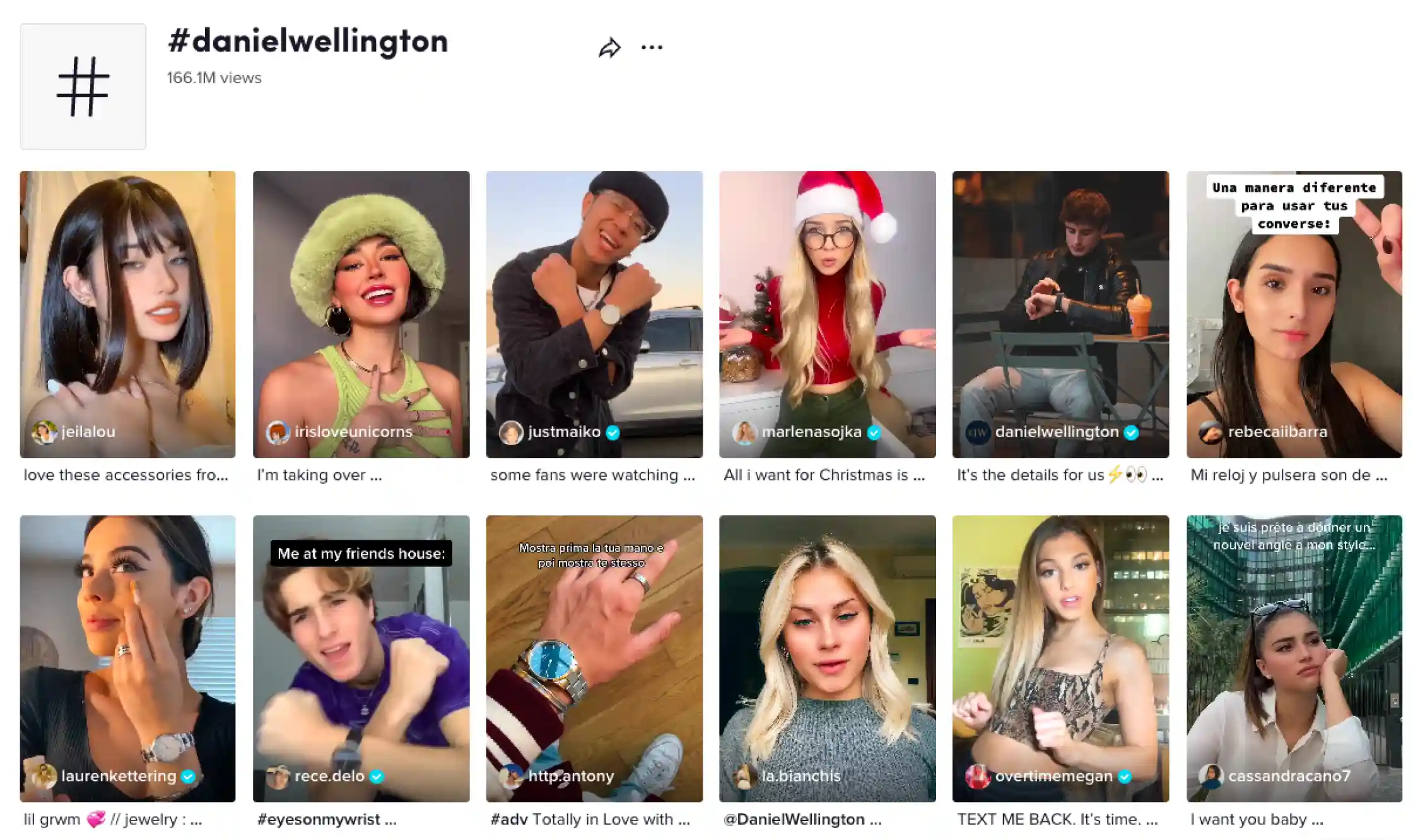
9. Paid Advertising
Paid advertising is where you put your money behind the message and expect results—fast. For me, it’s the quickest way to find exactly who’s interested and who’s just scrolling by.
I used to throw ads everywhere and wonder why nothing stuck. Not anymore. Now, I zero in: Who do I really want to reach? What do they actually care about? The first time I tried retargeting—showing ads to visitors who’d already checked out my site—it felt like magic. Those “almost-customers” needed just one final nudge.
Take a cue from Nike. They set up a Google Display Ads campaign focused on retargeting people who’d visited their website but hadn’t bought yet. The payoff? A 40% jump in conversions. That’s not myth; that’s real ROI showing up in your dashboard.
Key insight: Paid ads work best when you target, retarget, and never stop optimizing. It’s not about spending more—it’s about spending smarter. Test, tweak, and watch the numbers tell you what’s working.
10. Chatbots & AI-Driven Messaging
I’ll be honest—I was skeptical of chatbots at first. Could some AI really handle my customers better than I could? But then I tried one, and overnight, things changed. Suddenly, questions got answered at midnight, leads came in while I slept, and my human team had breathing room.
Chatbots are now the front line: ready to greet website visitors, answer FAQs, or set up appointments 24/7. What surprised me most? People actually liked the experience—especially when the bot responded instantly with a personal touch.
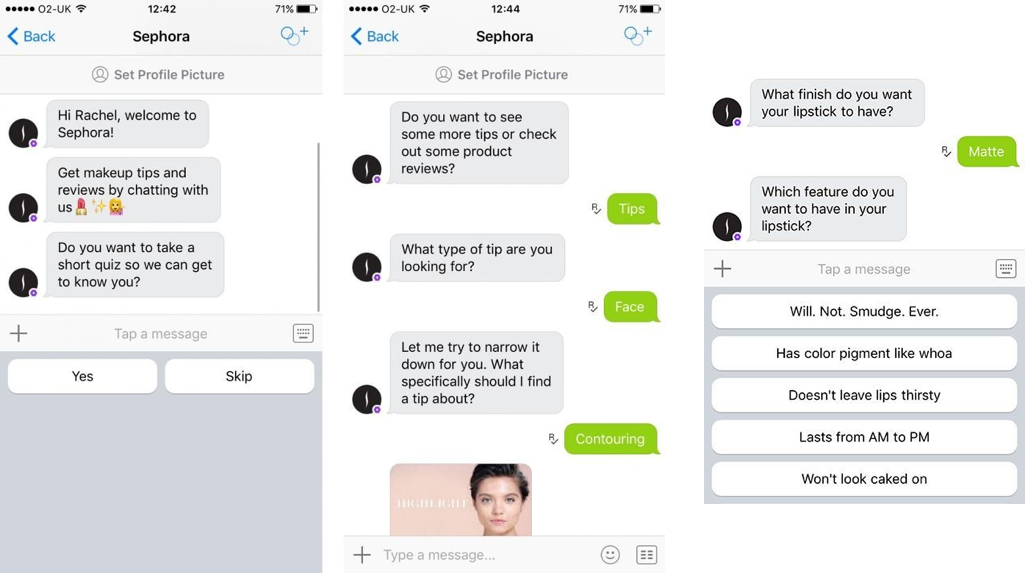
Sephora shows how it’s done. Their chatbots, across Messenger and Kik, didn’t just help customers find the right lipstick—they booked appointments and even let shoppers try on makeup virtually. The numbers are wild: these bots handled 72% of everyday questions, cut agent workload by 35%, and boosted Sephora’s customer engagement by 44%.
Takeaway: If you want to scale conversations without sacrificing personal feel, chatbots are like your always-on team member. They don’t just make marketing easier—they make your business faster, friendlier, and more present. And trust me, your customers will notice the difference.
11. Social Media Direct Messages (DMs)
This is where everything gets personal—real personal. I used to lump DMs in with the rest of social media, but the second I started sending honest, direct messages after a webinar or commenting on someone’s story, conversations felt less like marketing and more like catching up with a friend.
Here’s the magic: DMs are secret weapons for nurturing leads, answering quick questions on the fly, or delivering offers straight to the people who’ve already shown interest. It’s not spray-and-pray—it’s hand-picked outreach.
Many SaaS startups swear by LinkedIn DMs for follow-ups after virtual events. Why? Because response rates crush email. You reach people where they’re already chatting, not buried in inbox purgatory.
Key insight:
Treat every DM like you’re starting a genuine conversation—not a sales pitch. When you care, people reply.
12. Podcast Marketing
Podcasts serve as a direct channel to engage niche audiences. Brands can sponsor, host, or guest on podcasts to deliver targeted messages and calls to action. This channel is especially powerful for B2B thought leadership and audience trust-building.
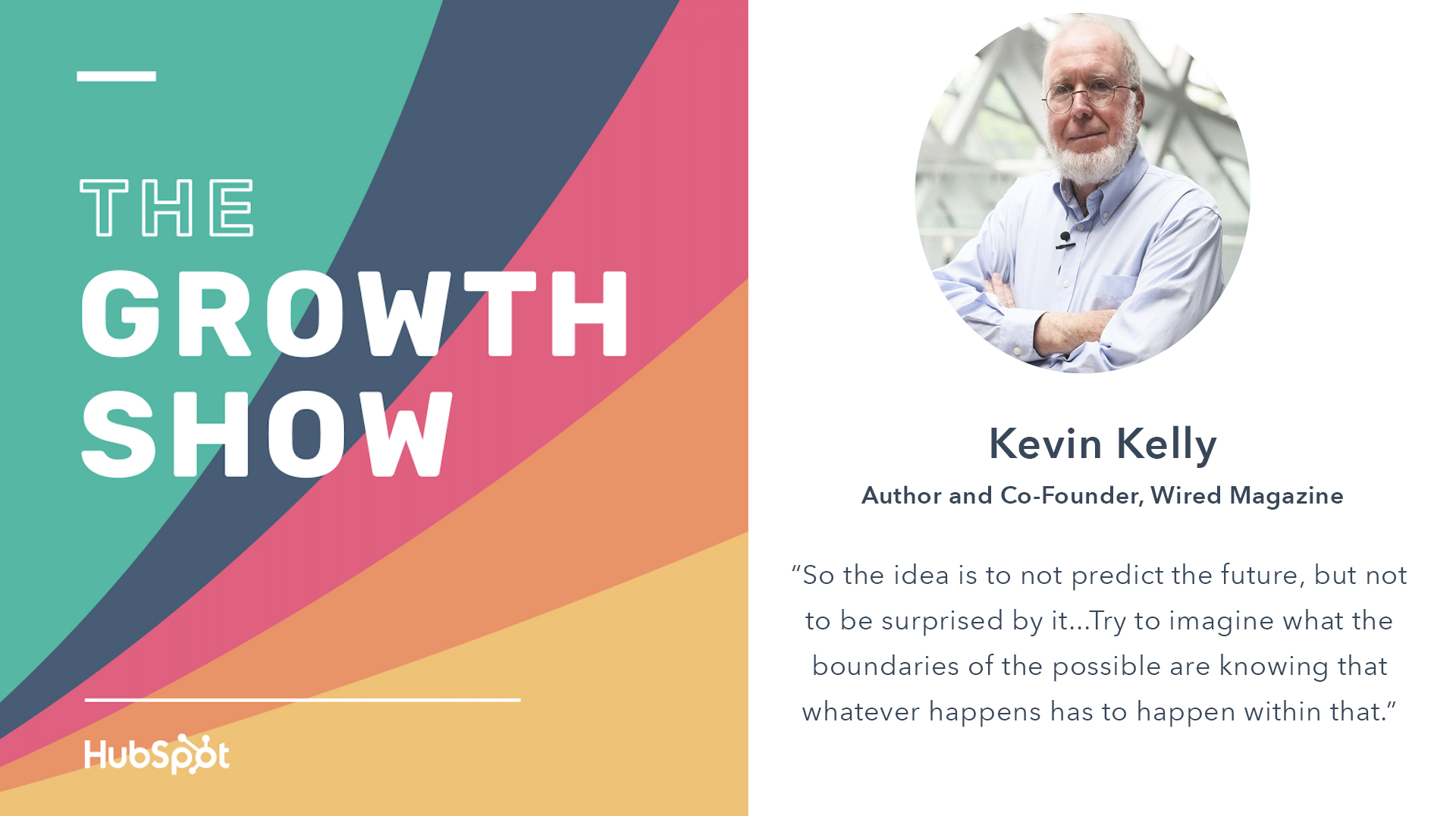
Example: HubSpot’s “The Growth Show” podcast generates qualified leads by discussing marketing and business growth topics relevant to their target audience
13. Affiliate Marketing
Affiliate marketing turns partners into a distributed sales force, where affiliates promote your product directly to their audience in exchange for a commission. This channel is performance-based and highly scalable, especially for SaaS and eCommerce.
Example: Shopify’s affiliate program leverages bloggers and influencers to drive signups, accounting for a significant share of new customer acquisition.
5 Optimization Tips To Drive Better Roi From Channels Of Direct Marketing
To make the most of your direct marketing efforts, it’s essential to optimize every step of your campaigns. Here are five tips to maximize your ROI:
Tip #1. Segment Your Audience
Segmentation is one of the most powerful tools in direct marketing. By grouping customers based on behaviors, demographics, or past purchases, you can create personalized messaging that speaks directly to their needs and preferences.
According to Mailchimp, segmented email campaigns have a 14.31% higher open rate and a 100.95% higher click-through rate compared to non-segmented campaigns.
Example: Sephora segments its customers based on shopping behaviors and preferences. For instance, a customer who frequently purchases skincare products may receive tailored emails featuring new skincare arrivals or tips, increasing the likelihood of repeat purchases.
Tools to Use:
-
Mailchimp (Email marketing automation & segmentation)
-
HubSpot (CRM and marketing automation)
-
ActiveCampaign (Advanced email automation and segmentation)
Tip #2. A/B Testing
A/B testing, or split testing, is a method where marketers test different variations of messages, subject lines, or offers to determine what resonates most with the target audience. Continuous testing can help you refine your strategy and improve performance.
Example: Airbnb used A/B testing for its email campaigns, testing various subject lines and email designs. The result was a 30% increase in bookings from emails that had more engaging subject lines and visuals.
Statistic: A/B tested email campaigns can increase conversion rates by 49% according to MarketingSherpa.
Tools to Use:
-
Google Optimize (For website A/B testing)
-
Mailchimp (Built-in A/B testing for emails)
-
Optimizely (Advanced A/B testing for websites and apps)
Tip #3. Personalization at Scale
Personalized messages can make a huge difference in customer engagement. According to Epsilon, personalized emails deliver 6x higher transaction rates. With automation tools, businesses can scale this personalization efficiently.
Example: Amazon uses automation to send personalized product recommendations to customers based on their previous shopping behaviors. This strategy has helped Amazon generate 35% of its revenue from personalized product suggestions.
Even simple touches like addressing the customer by their first name or referring to a recent purchase can significantly boost response rates and improve customer satisfaction.
Tools to Use:
-
Klaviyo (For personalized email marketing)
-
Salesforce Marketing Cloud (For tailored customer journeys)
-
Dynamic Yield (Personalization platform for websites and apps)
Tip #4. Use Data-Driven Insights
Monitoring key metrics like open rates, click-through rates, and conversion rates provides invaluable insights into your audience’s behavior. By analyzing data, you can optimize your campaigns to ensure better performance over time.
Example: Spotify uses data-driven insights to understand users’ listening habits, crafting personalized playlists like “Discover Weekly” and targeted ads. This data-based personalization has contributed to over 70 million paid subscribers.
Statistic: Businesses that use data-driven marketing are 6x more likely to be profitable year-over-year according to Forbes
Tools to Use:
-
Google Analytics (For website and ad performance tracking)
-
Tableau (Data visualization and analysis)
-
Mixpanel (Product analytics)
Tip #5. Integrate Multi-Channel Approaches
Relying on one channel alone is risky. By combining channels like email, social media, SMS, and direct mail, businesses can reinforce their message and increase the chances of conversion.
According to Omnisend, marketing campaigns that use three or more channels see a 287% higher purchase rate compared to single-channel campaigns.
Example: Coca-Cola integrates email marketing with SMS campaigns and social media ads during major promotions. During one multi-channel campaign, Coca-Cola experienced a 10% uplift in sales.
Statistic: Multi-channel campaigns can result in a 90% higher customer retention rate, as reported by Invesp.
Tools to Use:
-
Omnisend (For multi-channel automation)
-
Zapier (Integrates different marketing platforms)
-
HubSpot (For seamless multi-channel campaigns)
Sell Better Through Direct Marketing Strategy with Golden Owl Digital
Direct marketing requires a balance between personalization, strategic planning, and effective execution. At Golden Owl Digital (GODI), we specialize in offering a comprehensive suite of digital marketing services that not only include direct marketing strategies but also integrate indirect marketing for a well-rounded approach.
Whether you’re a B2B or B2C business, we tailor our strategies to your unique needs. We focus on customer segmentation, personalized communication, and data-driven insights to optimize your marketing efforts. This ensures you are not only engaging with your customers but also driving them to take action.
Why Choose Golden Owl Digital for Your Direct Marketing Strategy?
- End-to-End Service: We manage every part of your marketing campaign. This includes strategy development, execution, and reporting.
- Data-Driven Strategies: At GODI, we use analytics to fine-tune each campaign. This ensures it aligns with your business objectives.
- Tailored to Your Business: We create customized marketing plans. These are designed to fit your industry, goals, and audience.
Our integrated approach means that we also offer SEO, content marketing, social media advertising, and more to ensure that you are visible in every corner of the digital landscape. Contact us today and let’s talk about your marketing future!
FAQs
Q1. What are the types of distribution channels?
Distribution channels fall into two main categories: direct and indirect.
- Direct channels involve the business selling directly to the consumer ((e.g., via a company website, email marketing, social media platforms, SMS marketing, telemarketing, direct mail, pop-up shops, or mobile apps,…)
- Indirect channels include intermediaries such as wholesalers, retailers, or third-party websites.
Q2. What are the benefits of channels of direct marketing?
Direct marketing allows businesses to create personalized communication with customers, resulting in higher engagement, better tracking, and immediate response. It also tends to be more cost-effective since it targets specific audiences.
Q3. What tools can be used for direct marketing?
Tools include: CRM systems, email marketing platforms, SMS marketing services, and social media ad platforms. These tools help automate and streamline direct marketing efforts.
Q4. How is direct marketing different for B2B vs. B2C?
B2B direct marketing typically involves longer sales cycles. It focuses on relationship-building through channels like email and LinkedIn.
B2C marketing, on the other hand, focuses more on quick conversions and immediate customer engagement through social media, SMS, and influencer partnerships.
Q5. What is an example of a successful direct marketing campaign?
A good example would be Netflix’s personalized email marketing campaign. Users receive tailored show recommendations based on their viewing habits. This targeted approach boosts engagement and keeps users subscribed.
Q6. Why is data important in direct marketing?
Data helps businesses understand customer behavior, preferences, and trends. This helps marketers create more targeted and relevant campaigns, leading to better ROI and higher customer satisfaction.


